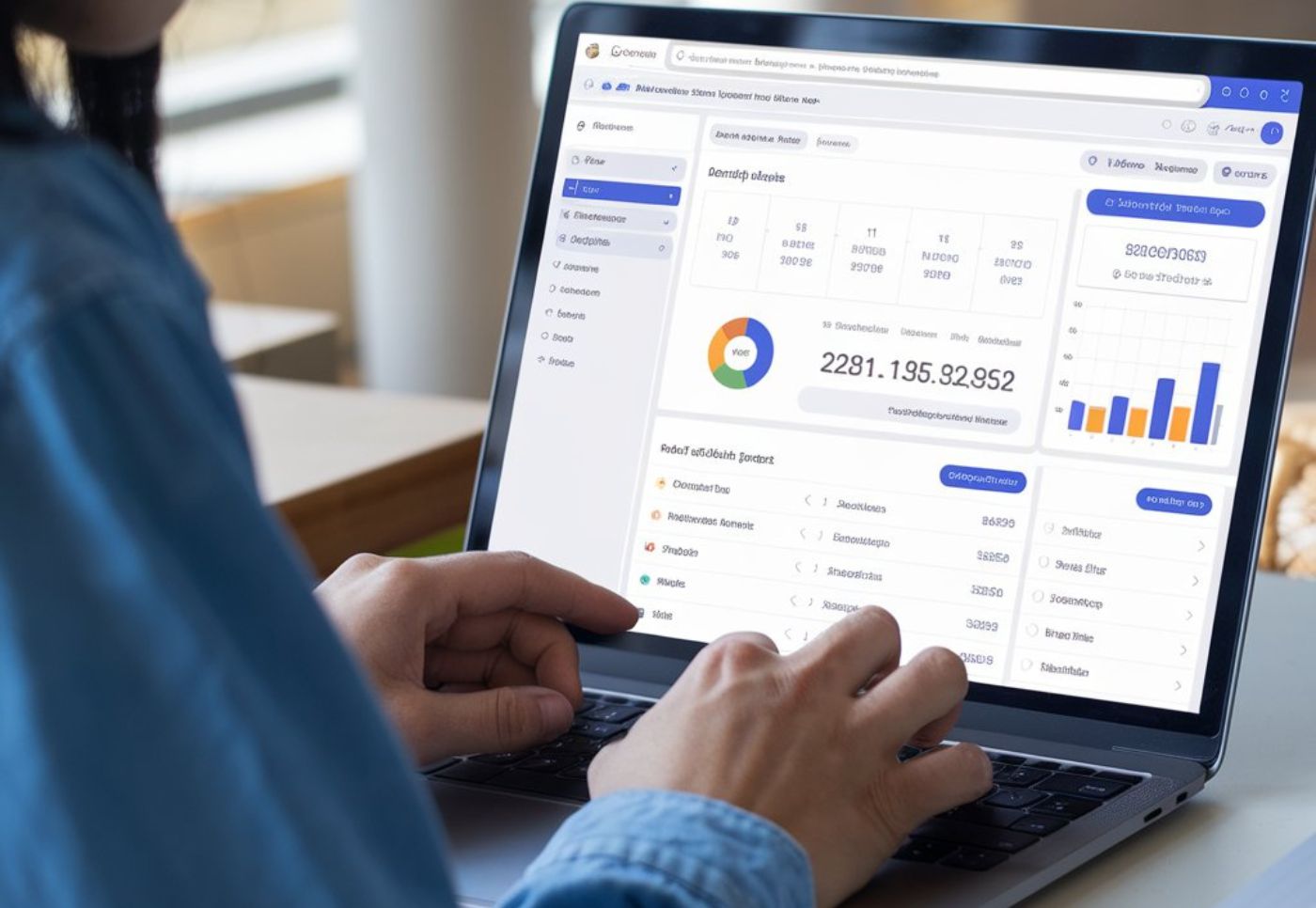How Google in Analytics SEO Boosts Success #1

Introduction: Struggling to Measure SEO Success?
Tracking SEO performance can feel like trying to hit a moving target. You optimize your website, build backlinks, and create content — but how do you really know what’s working? Without clear data, SEO strategies can be guesswork, wasting time and resources.
That’s where Google in Analytics SEO becomes invaluable. As one of the most powerful free tools, Google Analytics offers deep insights into how visitors find and interact with your website. In this post, you’ll learn why integrating Google Analytics into your SEO toolkit is essential, what common misunderstandings exist about it, and how to use it effectively to drive real growth.
What Is Google in Analytics SEO?
Google Analytics is a web analytics service that tracks and reports website traffic owned by Google. When applied to SEO, it helps marketers understand how organic search visitors engage with their website, which keywords or pages drive traffic, and where opportunities lie to improve.
To put it simply, Google Analytics provides the “why” behind your SEO traffic numbers. While tools like Google Search Console show what keywords bring visitors, Google Analytics reveals how those visitors behave once on your site.
According to Statista, Google Analytics powers over 85% of the global web analytics market, highlighting its popularity and trustworthiness.
Using Google Analytics SEO means understanding traffic patterns, user demographics, bounce rates, conversion paths, and more—information critical to optimizing your SEO campaigns effectively.
Why Is Google in Analytics SEO So Popular Yet Often Misunderstood?
Google Analytics’ popularity stems from its comprehensive, free access to data that helps evaluate website performance. However, many users misunderstand or underutilize its potential:
- Confusing Data Overload: New users often feel overwhelmed by the sheer volume of data and reports, leading to analysis paralysis or misinterpretation.
- Relying Solely on Traffic Volume: Many marketers focus just on visitor numbers rather than engagement metrics like session duration or conversion rates, which are crucial for SEO success.
- Misunderstanding SEO Attribution: Google Analytics alone can’t fully attribute organic traffic changes to SEO efforts due to factors like paid ads or direct traffic overlaps.
- Ignoring Integration Potential: Many overlook the power of combining Google Analytics with Google Search Console or Google Tag Manager for richer SEO insights.
Despite these challenges, Google Analytics remains the most accessible and detailed tool available, making it a staple for SEO tracking.
Risks and Myths When Using Google in Analytics SEO Tracking
While powerful, some myths and risks can lead to incorrect conclusions:
- Myth: Google Analytics shows exact keyword data
- Due to “(not provided)” keywords caused by Google’s privacy measures, exact organic keywords often aren’t visible. Users should integrate the Search Console for better keyword data.
- Risk: Misconfigured tracking leads to inaccurate data
- Incorrect setup, missing filters, or tracking codes can skew data, causing marketers to chase false trends.
- Myth: More traffic always means better SEO
- High traffic with poor engagement or conversions signals SEO or content quality issues.
- Risk: Ignoring mobile or multi-device behavior
- Without segmenting traffic by device, marketers may miss optimizing the mobile experience crucial for SEO rankings.
Understanding these risks helps avoid common pitfalls and ensures that SEO decisions are data-driven, not guesswork.
What Should You Actually Do Instead? Best Practices for Using Google Analytics SEO
To get the most from Google Analytics SEO, adopt these strategies:
- Integrate with Google Search Console:
- Link your accounts to access keyword queries, impressions, and CTR alongside visitor behavior metrics.
- Set up Goals and Conversations:
- Track actions such as form submissions, newsletter signups, or purchases to measure SEO’s impact on business objectives.
- Use Segmentation:
- Analyze organic traffic by device, location, new vs. returning visitors, and landing pages for nuanced insights.
- Leverage Behavior Flow Reports:
- Understand how users navigate your site to identify drop-off points and improve site architecture.
- Monitor Bounce Rate & Dwell Time:
- Identify pages with high bounce rates or short sessions that may need content improvement or SEO adjustments.
- Schedule Regular Reports:
- Automate reports to stay updated without manual effort.
- Experiment with UTM Parameters:
- Track SEO campaign effectiveness when running promotions or link-building efforts google analytics for seo.
How to Evaluate and Apply Google Analytics SEO Tracking Effectively
To ensure your SEO tracking is impactful:
- Ask: Are the visitors from organic search engaging with my content?
- Review engagement metrics like average session duration and pages per session.
- Question: Which landing pages drive the most conversions?
- Use Goal Tracking and eCommerce reports to assess conversion paths.
- Check: How does organic traffic perform compared to paid and referral sources?
- Segment traffic sources to allocate marketing resources effectively.
- Review: Are mobile users experiencing issues?
- Analyze bounce rate and session duration across device categories.
By continually asking these questions and adjusting your SEO strategy accordingly, you’ll optimize efforts for measurable growth.
Conclusion: Ready to Unlock the Full Potential of Your SEO?
Google Analytics SEO is a powerful ally that transforms raw traffic data into actionable insights. It bridges the gap between attracting visitors and truly understanding their behavior to improve your SEO strategies google analytics for seo.
Are you leveraging Google Analytics to its fullest, or are you missing out on crucial insights that could boost your website’s performance?
FAQs
Q1: Can Google Analytics replace keyword research tools?
No. Google Analytics tracks visitor behavior and traffic sources but doesn’t provide keyword ideas. Use it alongside keyword research tools like Google Search Console or Ahrefs.
Q2: How do I set up SEO tracking in Google Analytics?
Start by linking Google Search Console, configuring Goals, and segmenting traffic by source. Using Google Tag Manager can simplify event tracking.
Q3: Why am I seeing “(not provided)” in my organic keywords?
Google hides organic keyword data for privacy reasons—link Search Console to access keyword performance insights.
Q4: Is Google Analytics free for SEO tracking?
Yes, the standard version is free and sufficient for most SEO needs, while Google Analytics 360 offers premium features.
Q5: How often should I check Google in Analytics SEO?
Regular monitoring (weekly or monthly) is recommended, alongside scheduled automated reports for ongoing insights google analytics for seo.







